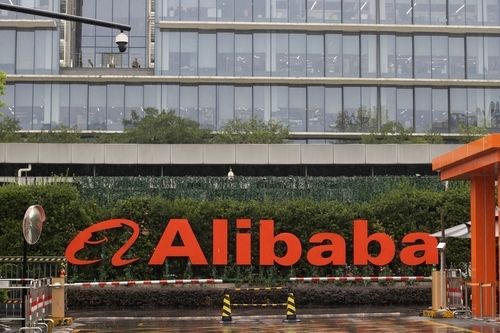- EUR/JPY tumbles to nearly 156.55 in Thursday’s European session, down 0.85% on the day.
- Hawkish BoJ expectations boost the JPY.
- Investors will take more cues from the German January PPI, which is due later on Thursday.
The EUR/JPY cross extends its downside to around 156.55 during the early European session on Thursday. The Japanese Yen (JPY) strengthens amid rising bets for additional Bank of Japan (BoJ) rate hikes. The German Producer Price Index (PPI) for January is due later on Thursday.
Japan's latest data has reinforced the BoJ's case for raising interest rates, with GDP surpassing expectations and nominal wages rising at the fastest pace in nearly three decades. According to a Reuters poll, over 65% of economists said that the BoJ could hike to 0.75% in the third quarter and the rate of pay increases in this year's labor talks are seen as 5.00% vs. 4.75% in the January poll.
BOJ Board Member Hajime Takata said on Wednesday that it’s important to continue considering gradual rate hikes, while also noting that Japan’s bond yields are moving in accordance with the market’s view of the economy. The growing speculation the BoJ will hike rates sooner rather than later lifts the JPY and creates a headwind for EUR/JPY.
On the Euro front, tariff concerns from US President Donald Trump could weigh on the shared currency. Late Tuesday, Trump said that he would likely impose tariffs of around 25% on foreign cars, while semiconductor chips and drugs are set to face higher duties. Trump didn’t provide a clear timeline for when these tariffs will come into effect but said that some of them will be enacted by April 2.
Additionally, the monetary policy divergence between the BoJ and the European Central Bank (ECB) also weighs on the Euro. "Markets imply another 75bps of ECB cuts in the next 12 months, which would see the policy rate bottom at 2.00%,” noted BBH's FX analysts.
RBI FAQs
The role of the Reserve Bank of India (RBI), in its own words, is "..to maintain price stability while keeping in mind the objective of growth.” This involves maintaining the inflation rate at a stable 4% level primarily using the tool of interest rates. The RBI also maintains the exchange rate at a level that will not cause excess volatility and problems for exporters and importers, since India’s economy is heavily reliant on foreign trade, especially Oil.
The RBI formally meets at six bi-monthly meetings a year to discuss its monetary policy and, if necessary, adjust interest rates. When inflation is too high (above its 4% target), the RBI will normally raise interest rates to deter borrowing and spending, which can support the Rupee (INR). If inflation falls too far below target, the RBI might cut rates to encourage more lending, which can be negative for INR.
Due to the importance of trade to the economy, the Reserve Bank of India (RBI) actively intervenes in FX markets to maintain the exchange rate within a limited range. It does this to ensure Indian importers and exporters are not exposed to unnecessary currency risk during periods of FX volatility. The RBI buys and sells Rupees in the spot market at key levels, and uses derivatives to hedge its positions.






